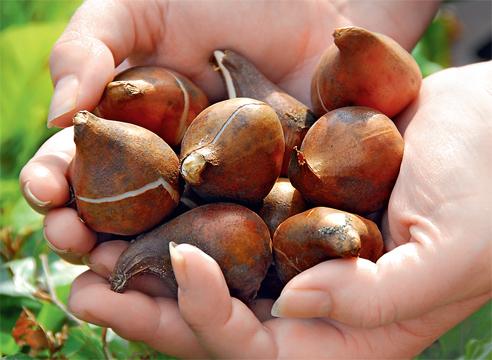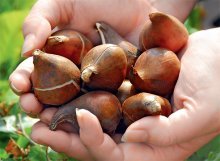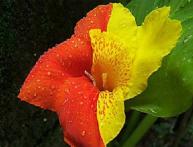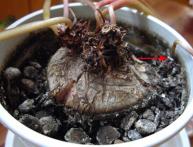How to propagate tulips and how to use them

Before planting, you need to choose the right place. Tulips grow very well in bright, sunny places where there are no strong winds.
Propagation with bulbs

U tulip very short growing season. After 2 weeks of flowering, the leaves begin to dry, and a new flower is already formed in the daughter bulb (which is formed in the mother bulb). Therefore, somewhere in the middle of summer, the daughter bulb is separated from the mother bulb. Dry in the fresh air under cover for a couple of days, and clear of roots and swamps. Next, they are stored at a temperature of 20 degrees for about a month, then transferred to a cooler place with a temperature of 10-12 degrees and air humidity within 80%.
But before planting, you also need to inspect the bulb so that it is clean and firm. If specks appear, throw away.
Propagation by seeds

Basically, tulips are propagated from bulbs, and seeds are used very rarely, because seedlings produce their results in the fifth year. How to collect seeds? When the tulips begin to fade and dry, they need to be tied up so that they remain in the “standing” position. The seeds ripen on the flower shoot. And the first sign that they need to be collected is when the arrow has dried up and the seeds have begun to crack. As soon as this happens, take the box, carefully cut it off, and place it in a warm and dry place, where they will continue to ripen.
Then, just like the bulbs, in September-October they need to be sown, but only thickly and covered with soil. But first, prepare the bed. For them you need to work hard: thoroughly fertilize the soil, sift and mix a little with sand.
In the spring, shoots will appear (like onion sets). Processes happen very slowly. First, a tubular leaf is formed, then a root and a stolon, on which the bulb is formed. In the summer, the buds of a new bulb are formed in it, which only takes root in the fall, and the rudiments of a new future leaf.And only after a year and a half from sowing, a flat leaf appears. The bulb is dug up only after the third year and stored all summer until October, where it is planted in the ground again. Every year the organs of the tulip are renewed. And only in the 5th year can you see monochromatic flowering, and in the following seasons the color improves. Growing a tulip from seed is a very difficult job.










